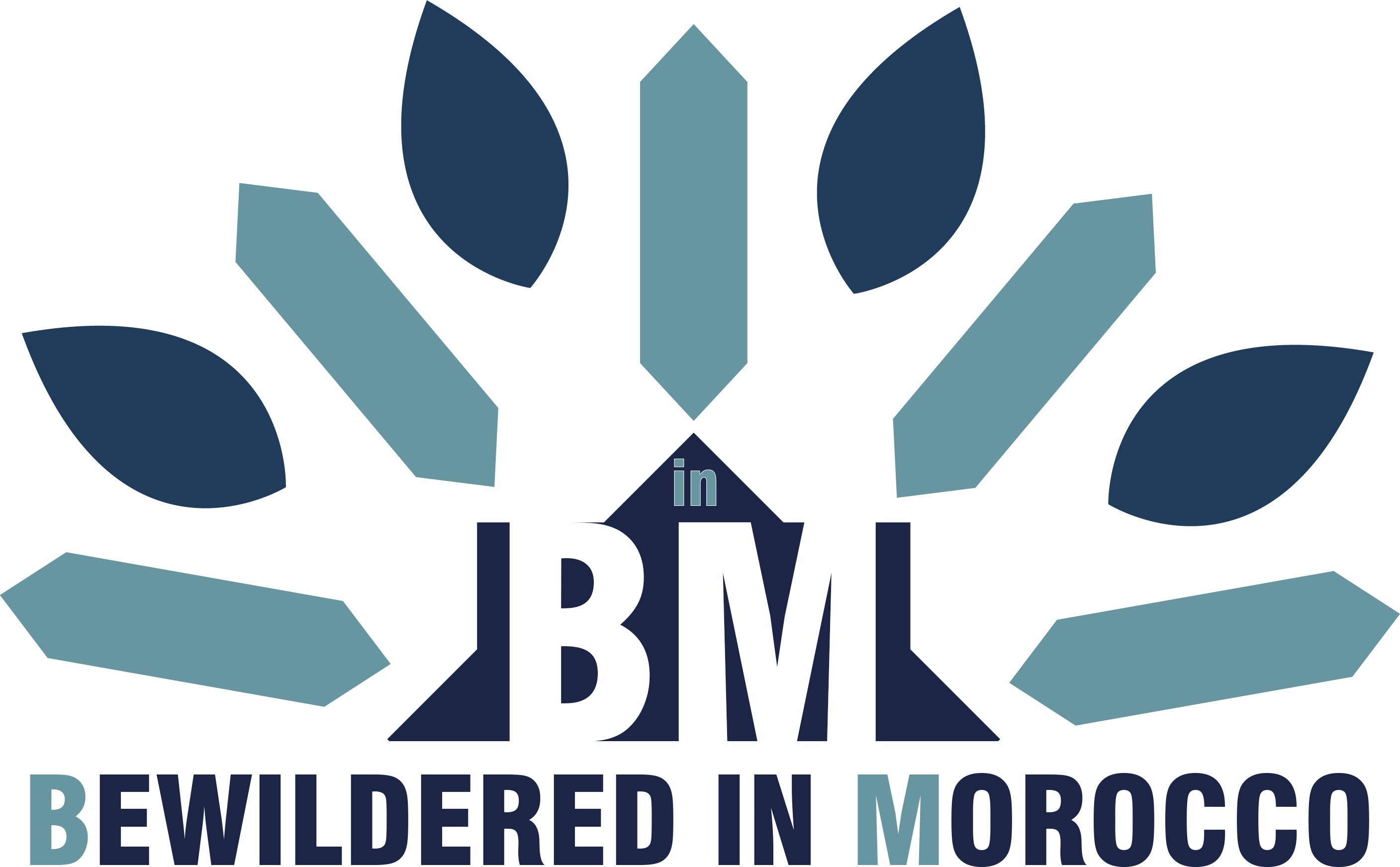When I first moved to Morocco over a decade ago, the labyrinthine streets of Fez el-Bali felt like an impossible maze. But after countless visits and conversations with locals, I've discovered that there's actually a beautiful logic to exploring this UNESCO World Heritage site. Today, I'm sharing a tried-and-tested route that will take you through the medina's most spectacular highlights while keeping you oriented.
Starting Your Journey: Bab Bou Jeloud
Our adventure begins at Bab Bou Jeloud, the ornate blue and green gate that serves as the main entrance to what locals lovingly call "Fez el-Bali" – Old Fez. This iconic gateway, rebuilt in 1913, is impossible to miss with its stunning tilework that seems to shimmer in the Moroccan sun.
First Stop: Bou Inania Madrasa (Entry: 20 MAD)
Just steps into the medina, you'll encounter the Bou Inania Madrasa, a 14th-century theological college that will take your breath away. The 20-dirham entrance fee is worth every penny – trust me on this. Built between 1351 and 1356, this madrasa represents the pinnacle of Marinid architecture and stands as one of Fez's most important educational institutions.
The Water Clock: A Medieval Marvel
Right across from the madrasa, lift your eyes and you'll spot the hydraulic clock – a fascinating piece of medieval engineering that once helped locals keep time. While it no longer functions, it's a reminder of the scientific achievements of medieval Fez.
Moulay Idriss Shrine: Free Entry, Priceless Experience
Continue deeper into the medina to reach the shrine of Moulay Idriss, the founder of Fez. Entry is free, and the spiritual atmosphere is palpable. The shrine draws both pilgrims and locals seeking blessings, creating a deeply moving experience.
Don't leave without trying Halwat Moulay Idriss – the special nougat candy sold right outside the shrine. It's a local tradition that connects you to centuries of pilgrims who've walked these same paths.
Attarine Madrasa: Architecture as Art (Entry: 20 MAD)
A short walk brings you to the Attarine Madrasa, another architectural gem worth the 20-dirham entrance fee. The craftsmanship here is simply extraordinary – from the intricate stucco work to the geometric wood carvings and the mesmerizing zellij tilework that covers every surface from floor to ceiling.
Reading the Walls: Quranic Verses in Art
Here's something that fascinated me as I learned Arabic: if you look closely at the decorations, you'll notice they're not just beautiful patterns – they're actually Quranic verses rendered in artistic Arabic calligraphy. In the zellij work, you might spot Ayat al-Kursi: "Allah - there is no deity except Him, the Ever-Living, the Sustainer" or "And indeed, Allah will not allow to be lost the reward of the believers." It's like reading a beautiful prayer while surrounded by art.
Al-Qarawiyyin Mosque and University: Where It All Began
No visit to Fez is complete without seeing the Al-Qarawiyyin Mosque and University, recognized as the world's oldest continuously operating university. Founded in 859 CE by Fatima al-Fihri, a visionary woman who used her inheritance to create this center of learning, it's been educating scholars for over 1,000 years.
Note: Non-Muslims can view the courtyard from the entrance but cannot enter the prayer areas.
The Coppersmiths' Quarter: Seffarine
The rhythmic hammering you'll hear leads you to Seffarine Square, where traditional coppersmiths still practice their ancient craft. Watching these artisans shape copper vessels by hand is mesmerizing – it's the same technique their ancestors used centuries ago. The sound creates a unique soundtrack to Fez that you won't forget.
Tanneries: A Sensory Journey
Fez has three traditional tanneries, but the most famous and largest is Chouara Tannery (free entry). Despite what your nose might tell you initially, this is one of the most fascinating places in the medina. The leather workers here use the same natural methods their predecessors employed for centuries – pigeon droppings, cow urine, and various plants to soften and dye the leather.
For a quieter experience, seek out Ain Azliten Tannery (also called Tannery of the Corner). It's smaller than Chouara and sees fewer tourists, but the craftsmen continue their work with the same dedication and traditional methods.
Practical Tips for Your Visit
- Start early: The medina is most magical in the morning light, and you'll avoid crowds
- Bring cash: Most entrances and purchases require cash in dirhams
- Wear comfortable shoes: The ancient streets can be uneven
- Respect local customs: Dress modestly, especially when visiting religious sites
- Stay hydrated: Carry water, particularly during warmer months
Embracing the Experience
What strikes me most about exploring Fez's medina isn't just its historical significance – it's how vibrantly alive it remains. This isn't a museum; it's a living, breathing community where families have worked the same trades for generations. The call to prayer echoing off ancient walls, the scent of spices mixing with cedar wood, the sight of donkeys carrying goods through narrow alleys – it's a sensory journey through time.
Every visit to the Fez medina teaches me something new about Moroccan culture and the incredible continuity of tradition. The craftsmen you'll meet aren't just preserving history; they're living it, breathing life into techniques passed down through countless generations.
Have you explored Fez's medina? Share your favorite discoveries in the comments below – I'd love to hear about your bewildering moments in this magical city!
